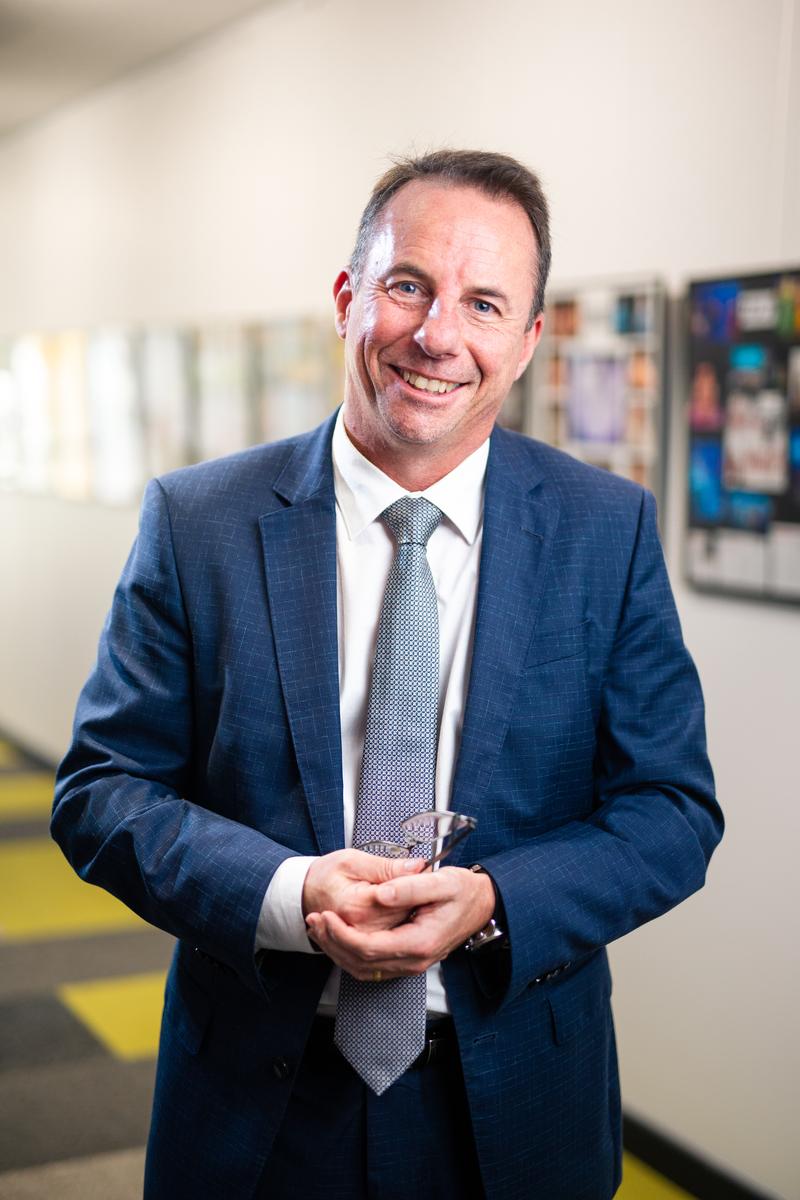From the Principal

Over the course of the previous fortnight, the media has been rightly awash with extensive coverage of the ravages of earthquake and flood in Morocco and Libya respectively. This coverage of human suffering is in addition to the extensive coverage of the ongoing conflict in Ukraine. Given the ready access to real-time videos of people’s suffering on social media platforms, some even dubbed the Russian invasion of Ukraine, the TikTok war. The same can be said about modern day natural disasters. Such easy access to distressful videos and images can make war and natural disasters seem far less distant, prompting the inevitable questions at home and school about what is unfolding: Where is that? Why is this happening? Could this happen here? Distress of course is not limited by geographical distance.
With the exposure to so much fear and despair, the young can at times loose heart and be tempted to feel sorry for themselves, to settle for less, to go it alone. Instead, when faced with the exposure to such hardship and tragedy, it is really a time for courage, determination and hope. It is a time to talk, to reach for help, to look for examples of trust and strength from those they respect and love. It is a time to be hopeful.
As Antoine De Saint-Exupery wrote, ‘You are created to love and be loved; to know and to be known; to trust and be trusted; to hold and be held. Alone, and in a lonely straight line, nobody goes very far.’
So where are the stories of hope? After all, hope, as we know, springs eternal.
There are many examples of course.
We could consider the thousands of Ukrainians who escaped their home country by rail to enter Poland (approximately 1 million of the 1.5 million who fled in the first 10 days) and were welcomed with signage in both Polish and Ukrainian exclaiming, “You are safe here”.
We could embrace the videos and images of refugees being met by volunteers providing Ukrainian refugees with everything for free – food, water, clothes, phones with prepaid plans, accommodation, legal advice.
We could consider the Moroccan Red Crescent teams who were on the ground immediately after the earthquake, and have been since, working closely with the local authorities to assess the situation providing immediate help to affected people and supporting a campaign for blood donations. We could consider the support provided to scale up the relief efforts of the Moroccan Red Crescent, with the International Federation of Red Cross (IFRC) issuing an appeal for 100 million Swiss francs and the American Red Cross coordinating its global Red Cross and Red Crescent partners on ways it can assist in the response.
We could also consider the rallying from Australian Catholics through Caritas Australia’s emergency appeal to support the response to the devastating earthquake in Morocco and floods in Libya. www.caritas.org.au.
They are all powerful images of hope. Images our young benefit from seeing and discussing. Images of real humanity. Images that espouse Pope Francis’ urging to ‘Let yours be great and courageous souls. Always keep your heart big and open to Love.’ Hope does spring eternal, it is just that perhaps there are times when we need to be a little more purposeful in our search for it.
Lord, we pray that those suffering from the devasting impacts of natural disasters in Morocco and Libya will be well-supported by the world community and, in time, find peace.
Finally, I hope you are all afforded the opportunity to spend some precious time with family and friends over the holiday break and I look forward to our students’ return on Tuesday 10 October.
Daniel Mahon
Principal

